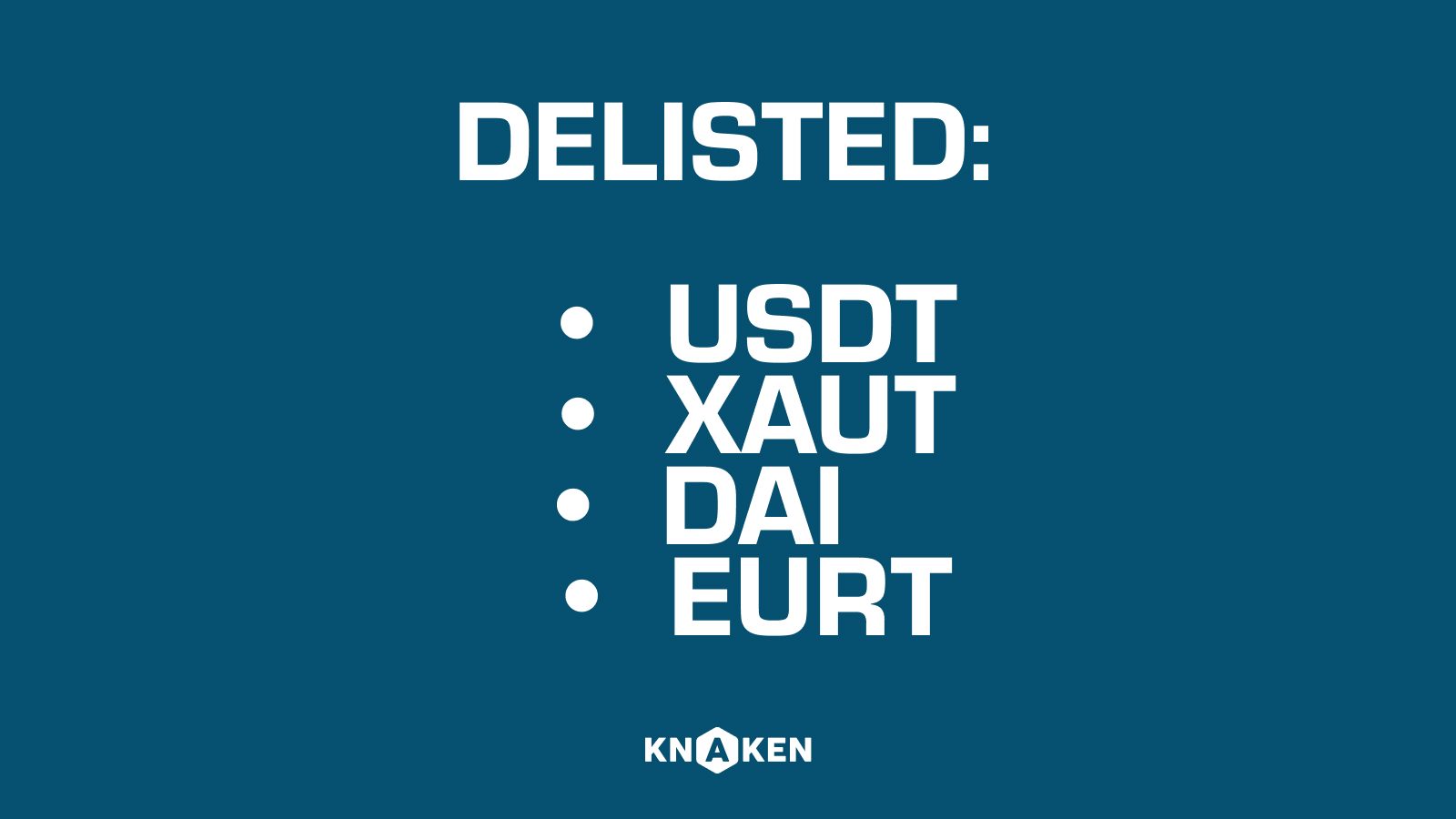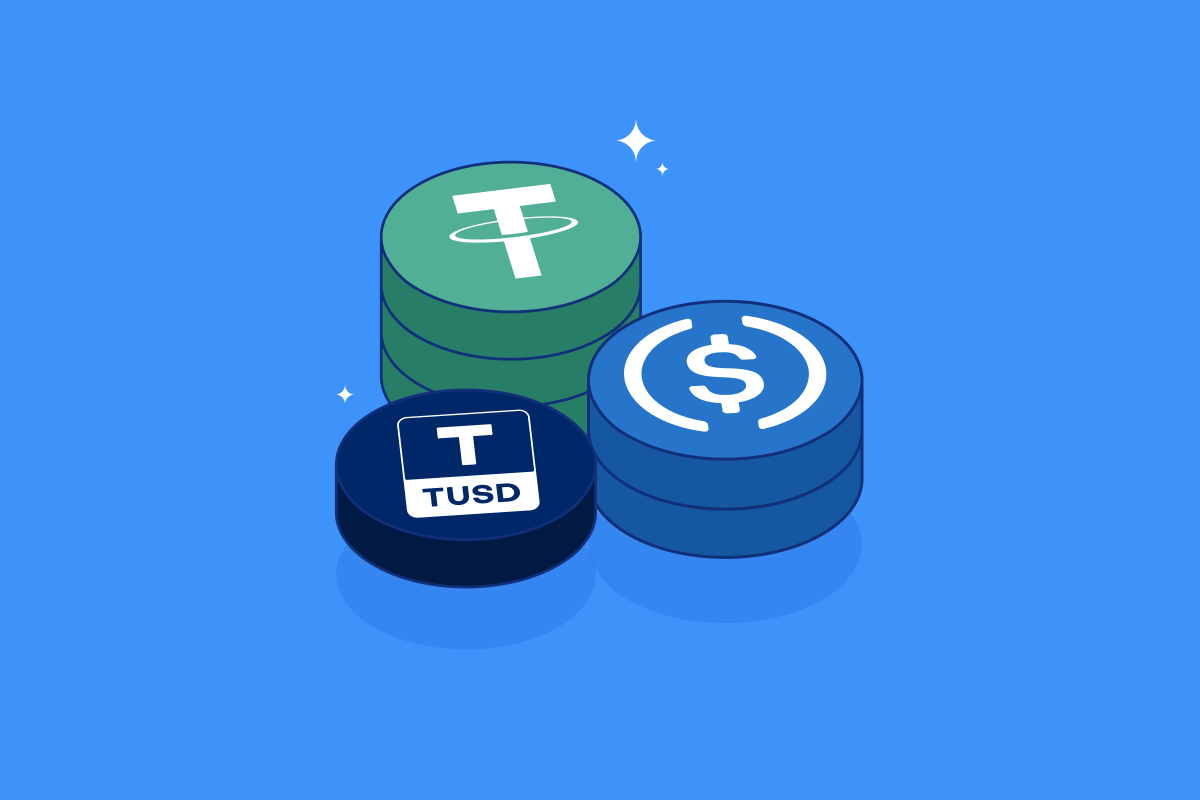Burn Address
Introduction to Burn Address
A burn address is a specialized cryptocurrency address that is designed to receive crypto tokens with the purpose of removing them from circulation or making them irretrievable. This process is known as “burning” and contributes to various aspects of a cryptocurrency’s ecosystem, including supply reduction, increasing scarcity, and enhancing value.
How Burn Addresses Work
Burn addresses are typically known as unspendable or “black hole” addresses that do not have an associated private key. As a result, once tokens are sent to a burn address, they can never be accessed or spent again. The most commonly used burn addresses include:
- Bitcoin Burn Address: A notable example of a Bitcoin burn address is the address that starts with a ‘1’ and is recognized as the first block from which tokens can be permanently removed.
- Ethereum Burn Address: For Ethereum, tokens can be sent to addresses like ‘0x0000000000000000000000000000000000000000’ which is a common burn address recognized within the Ethereum ecosystem.
- Other Cryptocurrencies: Many other cryptocurrencies utilize burn addresses in similar manners; each might have specific addresses designated for the burning process.
Purpose of Using Burn Addresses
Burn addresses serve several important functions within cryptocurrency networks:
- Reducing Token Supply: By permanently removing coins from circulation, burn addresses help to decrease the total supply of a cryptocurrency, which can potentially increase scarcity and value over time.
- Enhancing Value: Economic theories suggest that reduced supply can lead to increased demand and, consequently, higher market prices for the remaining tokens in circulation.
- Token Redistribution: Some projects leverage burning as a mechanism to distribute tokens more equitably among users, as those who actively participate in the ecosystem can benefit from the increasing value of a scarcer asset.
- Promoting Utility: By burning tokens, projects aim to enhance the utility of a cryptocurrency and stimulate interest from investors and users alike.
Burning Mechanisms and Strategies
There are various mechanisms by which tokens can be burned, with notable strategies including:
- Scheduled Burns: Some projects incorporate scheduled token burns into their roadmap, allowing users to anticipate and understand when and how tokens will be removed from supply.
- Transaction Fees Burning: Certain cryptocurrencies implement a model in which a portion of transaction fees is allocated to be burned, thereby continuously reducing token supply.
- Community Decision-Making: Projects may also engage their communities in decision-making related to burning, allowing stakeholders to vote on the quantity and timing of token burns.
- Manual Burns: In some cases, organizations may decide to manually burn tokens as part of strategic financial management, usually accompanied by public announcements to facilitate transparency.
Examples of Notable Burn Events
Many cryptocurrencies have experienced significant burn events that have impacted their ecosystems, including:
- Binance Coin (BNB): Binance uses a quarterly coin burn process to manage the supply of BNB, a strategy that has historically drawn attention and positively influenced its market performance.
- Ethereum (ETH): The London Hard Fork introduced EIP-1559, which implemented a fee-burning mechanism, contributing to Ethereum’s deflationary aspect.
- Ripple (XRP): Ripple Labs conducted burns to remove a portion of their total supply of XRP, showcasing a commitment to effectively manage token supply.
Risks and Considerations
While burning tokens can have numerous benefits, it also comes with certain risks and considerations:
- Market Volatility: The price of cryptocurrencies can be extremely volatile, and while burning can create scarcity, it does not guarantee price increases.
- Potential for Misuse: Some projects may misuse token burns or lack transparency in their burning practices, leading to loss of investor trust.
- Impact on Project Viability: Excessive token burning may hinder a project’s ability to function efficiently, as it limits the available currency for necessary transactions and operations.
Conclusion
Burn addresses are an integral part of the cryptocurrency landscape, acting as a mechanism for supply reduction and value enhancement. By understanding the purpose and functions of burn addresses, users and investors can better assess the long-term viability of cryptocurrencies and the strategies employed by various projects. The ongoing evolution of burning mechanisms continues to shape the market dynamics, making it an essential topic for anyone involved in the world of cryptocurrencies.


















